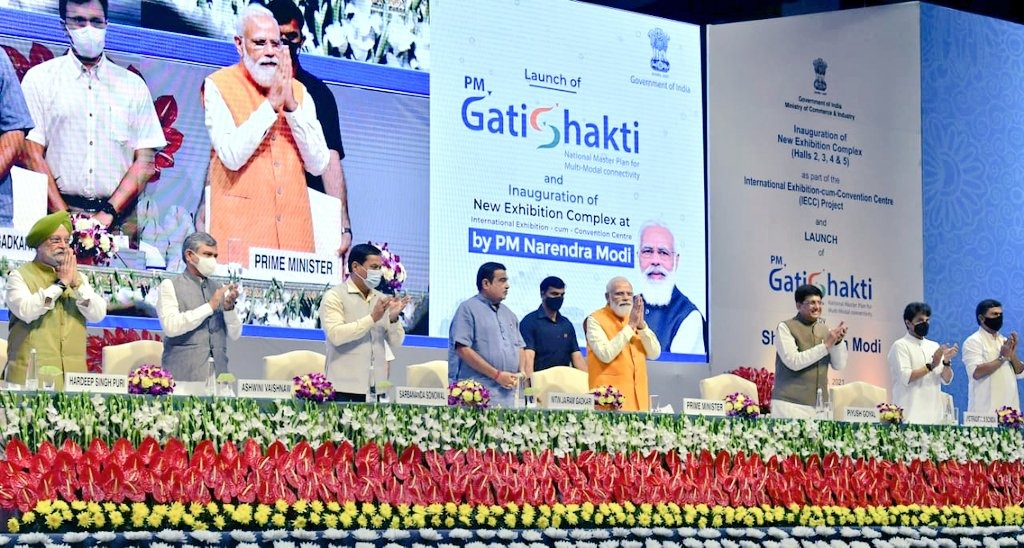Data layers on important assets pertaining to health, education, culture, tourism, gram panchayats, municipal corporation, social welfare and housing are being mapped and data validation is being done for optimum use of PM GatiShakti principles in planning of both physical and social infrastructure.
This was informed to participants during a review meeting regarding the onboarding of social sector ministries/departments chaired by the Special Secretary (Logistics), Department for Promotion of Industry and Internal Trade (DPIIT), in New Delhi.
Advertisement
The meeting was attended by the Ministry of Housing of Urban Affairs, Department of School Education & Literacy, Department of Higher Education, Ministry of Tribal Affairs, Ministry of Panchayati Raj, Ministry of Health and Family Welfare, Ministry for Women and Child Development, Department of Sports, Ministry of Rural Development, Ministry of Culture, Department of Posts and BISAG-N.
The 12 ministries/departments, which are on board, are now in advanced stages of data integration onto the NMP Platform which includes important layers such as schools, hospitals, Anganwadi centres etc.
The BISAG-N made a presentation on decision-making and planning tools, use cases such as connectivity to model schools and disaster management planning along with the advantages of adopting NMP by social sector ministries/departments.
Ministries/departments presented the progress of adopting GatiShakti, data layers that can be integrated into the NMP platform, and the challenges being faced by ministries/departments during the integration process.
The presentations were followed by deliberations with the participants. Interesting and socio-economically useful ideas were generated.











